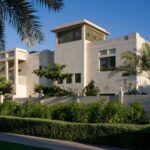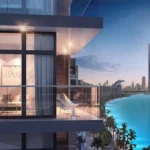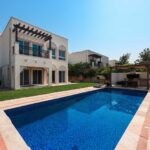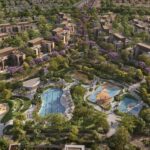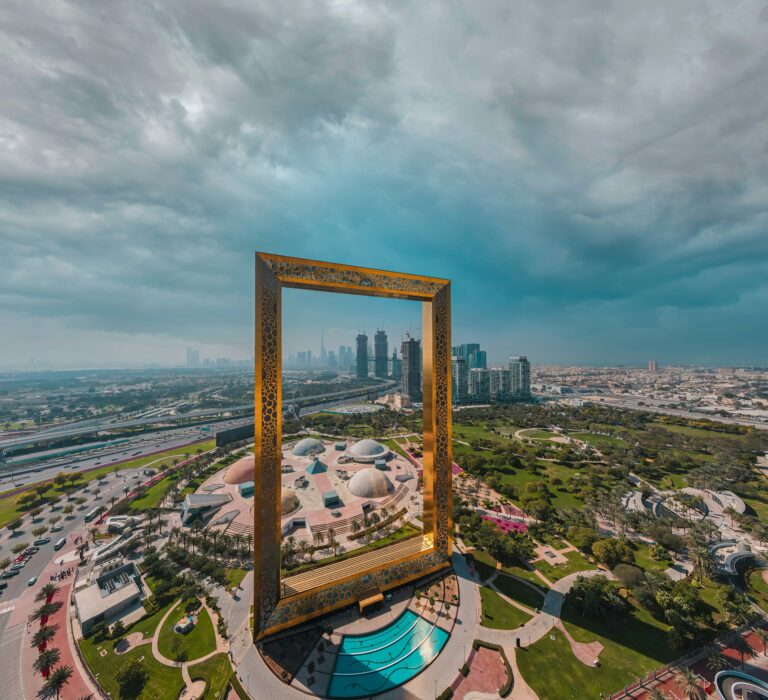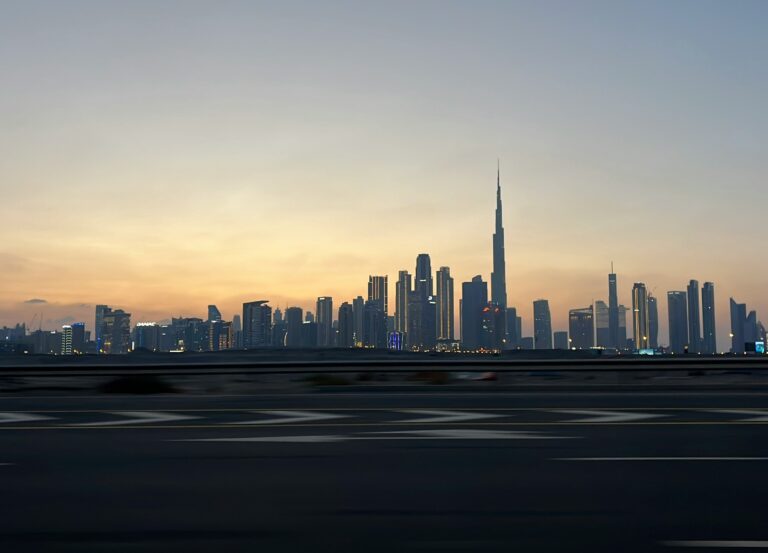Dubai’s skyline is globally renowned for its modern architecture and grandiose landmarks, but none capture the imagination quite like the Palm Islands. Among these, Palm Jumeirah stands as the most famous and developed, while Palm Jebel Ali offers a newer, still-evolving project that promises to reshape Dubai’s waterfront. Both islands are exceptional feats of engineering, and their comparisons—Palm Jebel Ali vs Palm Jumeirah—are an intriguing conversation. This blog explores the key differences and similarities between these two iconic developments.
Introduction to the Palm Islands
Dubai’s Palm Islands are artificial archipelagos created by dredging sand from the seabed and placing it in a unique design, resembling palm trees. These projects symbolize Dubai’s ambition and creativity, designed not just for luxury living but to boost tourism, business, and recreation.
The Palm Jumeirah, the first of the two islands, was completed in 2006. Its distinctive shape is recognizable from aerial views and has become a global symbol of Dubai’s opulence and modernity. Palm Jebel Ali, on the other hand, is still under construction. Planned to be even larger than Palm Jumeirah, Palm Jebel Ali has yet to reach the level of development seen in its sister island.
Size and Structure: Palm Jebel Ali vs Palm Jumeirah
One of the main differences between Palm Jebel Ali and Palm Jumeirah lies in their sizes and layouts. Palm Jumeirah consists of a trunk, a series of fronds, and a crescent surrounding the island. It covers 5 square kilometers of land. In contrast, Palm Jebel Ali is significantly larger, designed to span 8 square kilometers. This size advantage would have allowed Palm Jebel Ali to offer more space for residential and commercial properties, parks, and leisure activities.
Palm Jebel Ali’s design also includes more intricate elements compared to Palm Jumeirah. In addition to the familiar tree shape, Palm Jebel Ali was envisioned to feature more islands and lagoons, creating a different, perhaps more luxurious, overall ambiance.
Development and Completion Status
While Palm Jumeirah was completed over a decade ago and has since flourished into a vibrant residential and commercial hub, Palm Jebel Ali remains a work in progress. The original timeline for Palm Jebel Ali aimed for completion by 2020, but development has been delayed due to financial reasons and changes in Dubai’s real estate market.
The ongoing nature of Palm Jebel Ali’s construction means that its infrastructure and facilities are not as accessible or widespread as those on Palm Jumeirah. Palm Jumeirah boasts luxurious hotels like Atlantis, The Palm, top-end restaurants, exclusive residences, and some of the city’s finest beaches, making it one of the most sought-after places to live in Dubai. Palm Jebel Ali, once completed, is expected to offer similar, if not greater, amenities, including additional resorts and entertainment options.
Residential and Commercial Offerings
When comparing Palm Jebel Ali vs Palm Jumeirah in terms of residential offerings, Palm Jumeirah leads the charge. Its current mix of luxury villas, apartments, and townhouses, as well as exclusive real estate projects like the Golden Mile, Nakheel Mall, and the Palm Tower, provide ample housing options for the city’s elite.
Palm Jebel Ali, though not fully developed, will include around 30 luxury hotels, a number of retail spaces, and thousands of residential units. It is expected to provide a wider array of homes, from beachfront villas to high-rise apartments, possibly drawing in a more diverse crowd seeking waterfront living. The availability of larger residential spaces, along with the plans for resorts and entertainment venues, indicates that Palm Jebel Ali could surpass Palm Jumeirah in terms of options once it is completed.
Accessibility and Connectivity
In terms of accessibility, Palm Jumeirah currently enjoys an advantage. With direct connections to Dubai’s road network and regular transport services, including the Palm Monorail, the island is well integrated into the city’s infrastructure. Residents and visitors can reach key destinations like the Dubai Marina, JBR, and Downtown Dubai with ease.
Palm Jebel Ali still has some challenges when it comes to connectivity. While plans for a monorail and a metro extension have been discussed, the infrastructure is far from complete. Once fully operational, Palm Jebel Ali is expected to offer comparable connectivity, especially with the proposed development of road links and transit services designed to serve the larger, more expansive island.
Leisure and Entertainment
When comparing leisure and entertainment on Palm Jebel Ali and Palm Jumeirah, the former will likely offer a wider variety of recreational options once completed. Palm Jumeirah already boasts high-end amenities, such as luxury spas, beaches, and world-class entertainment. However, Palm Jebel Ali promises a unique aspect—a man-made dolphin lagoon and a marina, which could elevate its appeal for both tourists and residents seeking luxury living.
Conclusion
Both Palm Jebel Ali and Palm Jumeirah are visionary projects, showcasing Dubai’s prowess in engineering and luxury development. While Palm Jumeirah currently leads in terms of completed infrastructure, iconic landmarks, and residential offerings, Palm Jebel Ali’s future looks promising with its larger scale and innovative plans.
As Palm Jebel Ali continues to develop, it may eventually rival Palm Jumeirah in terms of luxury, living spaces, and amenities. Whether you’re looking for a home or a vacation destination, both islands offer unique experiences, representing the heights of Dubai’s ambitions in the 21st century.


